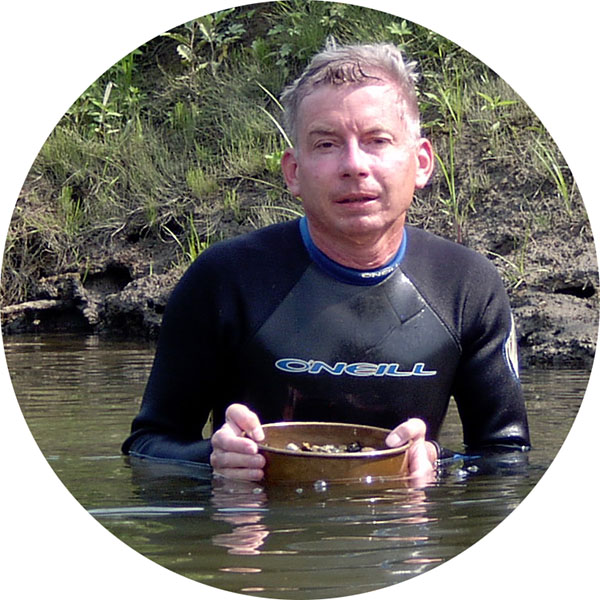How green is your grass?You might think that growing marijuana would be environmentally benign, based on how many times "pot-smoking" and "tree-hugging" appear in the same sentence. But an upcoming scientific study in Conservation Letters by Craig Thompson of the US Forest Service shows that illegal marijuana farms can have serious environmental impacts.
Dr. Thompson's team studies fisher populations in the mountain forests of northern California in the hopes of understanding why this large weasel-like animal is still so rare, despite recent conservation efforts. One day, one of the fishers they were tracking turned up dead, an otherwise healthy animal whose body cavity was filled with blood. The animal had bled to death from eating rat poison (technically an "anticoagulant rodenticide"). Prompted to examine tissue samples from other fishers recently found dead in the region, they that found 83% of them contained rat poison, suggesting that many fishers are being poisoned. Where are these animals finding rat poison in the largely pristine Sierra National Forest?

One study estimated that indoor marijuana production consumes 1 percent of all U.S. electricity. Photo: Rusty Blazenhoff.
From the hundreds of illegal marijuana farms that are carved out of the national forest. The marijuana growers use lots of rat poison, as well as other pesticides (including some that are banned in the US), to protect their valuable crop. Little animals get into these poisons, then the fishers eat the little animals and die.
But these marijuana growers do more than kill a few weasels. Although careful scientific studies of marijuana growing are scarce (ecologists are easily discouraged by shotguns and booby traps!), it appears that these marijuana farms are anything but green. They illegally draw large volumes of irrigation water from local streams during the summer dry season, endangering populations of trout and salmon already threatened by dams, climate change, and human encroachment. To get to their hidden farms in the forest, growers build lots of roads and stream crossings that are poorly designed and maintained, leading to severe erosion. They tend to use lots of fertilizer, which ends up polluting local streams, and leave trash, spilled fuel, and human waste around their farms.
Nor is indoor marijuana production environmentally friendly. Indoor marijuana growers use a surprising amount of electricity, contributing to large carbon emissions (2 lbs. of CO2 per joint). One study estimated that indoor marijuana production consumes 1% of all US electricity, and that its electricity use could be cut by 75% if growers adopted more efficient practices.
I draw two conclusions from these studies. The narrow conclusion is that, unless you can somehow tell your neighborhood dealer that you want to buy only marijuana that has been sustainably grown (“Humboldt Green” instead of Panama Red or Maui Wowie?), the current system of marijuana production isn’t environmentally benign. I don’t know about pot smokers, but many pot growers aren’t tree huggers.
The broad conclusion is that unregulated industries don’t often voluntarily adopt safeguards to protect the environment, even if such safeguards might benefit the greater good, if it is against their own self-interest. The marijuana growers are trashing the environment because it’s easy and profitable for them to do so, regardless of what it might mean to you, me, or the unfortunate fishers.
We have seen this same sort of behavior by many industries, which did not voluntarily control their pollution either, leading to widespread problems with poor air and water quality in the mid-20th century (remember the flaming Cuyahoga River?). Despite what might seem to be enormous differences between California marijuana growers and companies like General Motors, they share this fundamental characteristic.
However, General Motors, and all other legal enterprises, have been forced to consider the public good by laws such as the Clean Water Act and Clean Air Act. The impacts of the illegal and unregulated marijuana industry remind us of the limits of the free market system to protect public goods like wildlife and water quality, and of the value of regulations in safeguarding these public goods.




